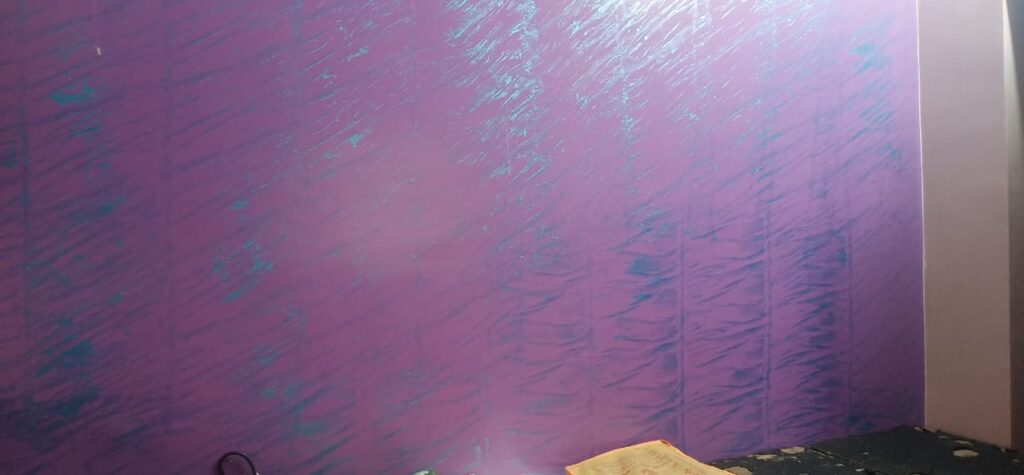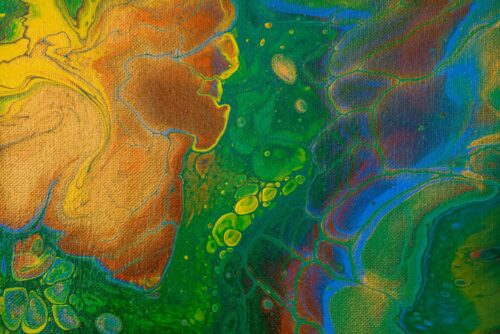(Author: Lakshman, green technology enthusiast)
I still remember most of the painting advertisements which used to appear for every two minutes in live cricket broadcasting. One such commercial is a man standing on a chair in the middle of the road. He is in white clothes and standing in front of a beautiful bungalow. And suddenly horses started running towards him. At first, he stood without a small jolt. and crowd cheers for him as a strong man. However, when the horses are coming closer and closer, he scared of horses but manages to stand until they crossed the way. After a few seconds, the crowd broke the silence again and ran towards him with excitement in their faces. He also gets excited and stood proudly. However, he realizes that the crowd was cheering and praising the bungalow for not being affected with dust for using particular paint. Probably, most of us come across many such creative advertisements on paints.
According to Paints & Coatings Market Global Forecast to 2025, the global paints market is USD 145.15 billion in 2020. The market is projected to grow from USD 150.76 billion in 2021 to USD217.66 billion in 2028 at a CAGR (compound annual growth rate) of 5.4% during the years between 2021-2028. The Housing schemes of governments and customer interests on paintings are game changers for promising growth.
Paint has been a very close product for humans for thousands of years. Every civilization documented and preserved many rock paintings. The oldest known rock art dates from the Upper Paleolithic period, having been found in Europe, Asia, Africa, and Australia and it is expected to be as early as 40000 years old. The used colours were red, white and black. Red paint is usually attained through the use of ground ochre while black paint is typically composed of charcoal, or sometimes from minerals such as manganese. And white is usually created from natural chalk, kaolinite clay earth.
Once the paint pigments are obtained from ingredients, they are mixed with a liquid such as water, urine, blood or Egg yolk. And then applied to the stone as paint either using a finger,( https://www.britannica.com/art/rock-art) brush or a stamp. Alternatively they might have applied pigment as a dry form such as stick of coal.
People invented the first color combination of soil, burnt charcoal animal fat and chalk and created a basic palette of five colours: Red, Brown, Yellow, Black and White. Since then, the history of colour has been one of the great discoveries, whether through exploration or scientific advancement.
The modern painting industry bought many colour combinations in attractive form and most of those paints are using VOCs. VOC stands for “volatile organic compound“. VOCs are found in many building materials and they are partially responsible for that new paint smell in our homes.

According to the Environmental Protection Agency (EPA) exposure to VOCs can result in most of the problems such as unpleasant symptoms to severe health conditions. VOCs can cause skin irritation, headaches, nose and throat discomfort breathing difficulty in laboured breathing nausea allergic skin reaction and fatigue. On the more severe end, VOCs affect your nervous system and cause dizziness and vomiting.
In fact, contrary to popular notion, the EPA has found that pollutants can often be two to five times higher inside of a house than outside. Fortunately or unfortunately these unstable chemicals let off gases and they are harmful to kidneys, liver, or nervous system, including irritation headaches and the environment.
Now, there are several big paint brands that are available in the market that are saying “low VOC”. It means, still these paints contain VOCs. There are very few companies investing on green efforts to bring the zero VOC paints. For an example, ecolour is a Australia based company which is disrupting the painting industry by introducing absolutely zero VOC colours into the market.
It is important to know about everything that goes into paint which you’re buying. Whenever you are buying a paint, please consider a paint which is labelled as nontoxic or natural.
What is your innovation for bringing the natural colours into the living room for non-toxic air?
Share your green story!
Featured photo: Photo by Scott Webb from Pexels




